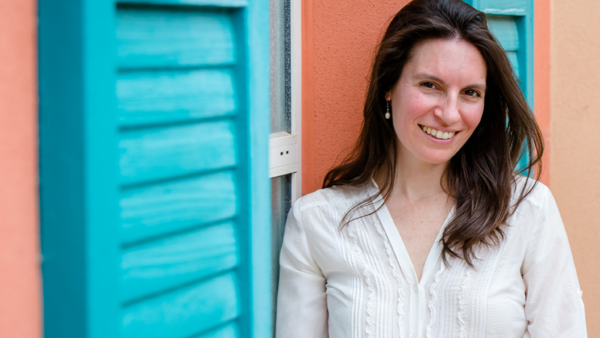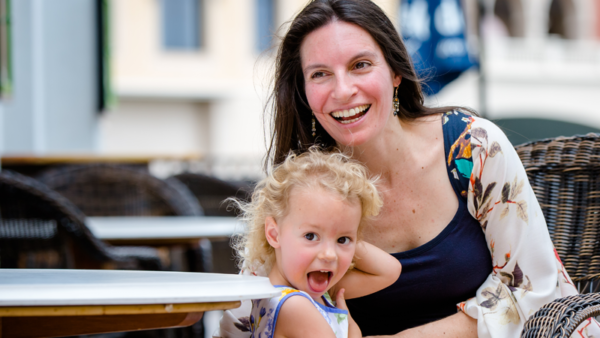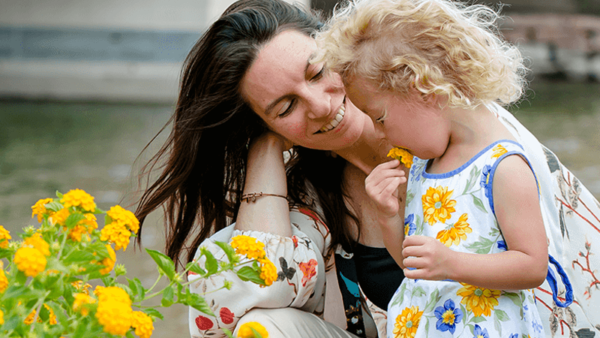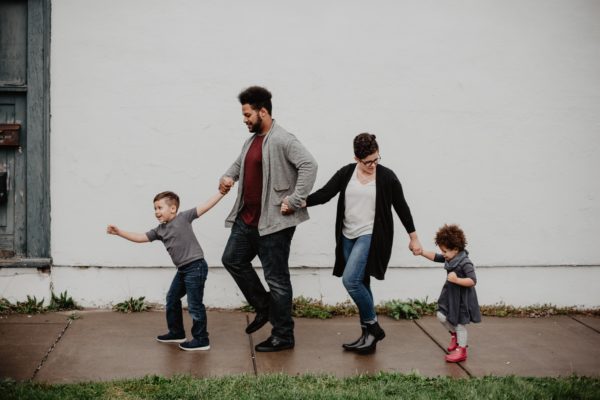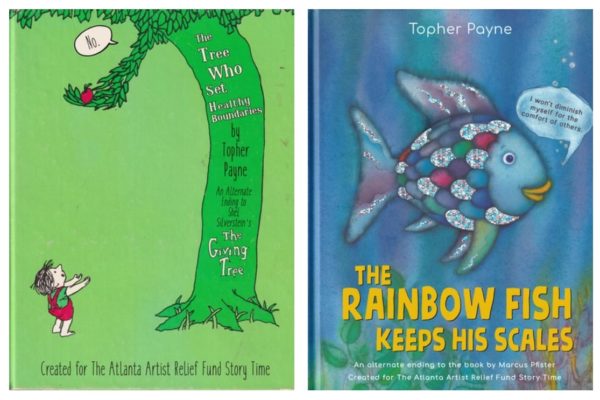Some of the cultural norms we’ve inherited as parents are taken advantage of by pedophiles.
I think it’s safe to say that none of us want to enable child abusers, yet, these 6 norms are things that are often taken for granted, seen as common, or maybe even beneficial to our home life and society. However, along with these commonplace norms, there’s also an increased risk that we as parents may not be considering in a practice we thought was benign.
I would love to see our culture shift away from these behaviors and practices, which have been innocently replicated.
Ready to dive in? Read on below…
#6: It’s our norm to teach children to be objects of other’s gratification
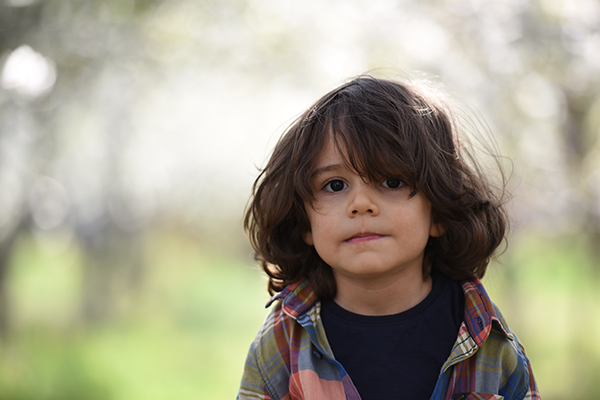
There are ways we do this which are subtle, and other ways which are more overt. Some families push kids to be physically affectionate with family members and friends. Many people comment on how pretty a girl looks. Adults often make children stop playing to smile for the camera.
It’s not the child who is enjoying those moments. Adults like looking at a child clean and dressed up; lots of kids would rather be rolling in the dirt. Adults want those posed pictures. Adults like kisses and hugs goodbye, even reluctant ones. (How messed up is that? But it’s true.)
A predator loves that our culture teaches kids to put their needs and desires on hold and do what will please an adult. So my argument is this: it’s a small step from mandatory affection to sexual abuse, or from posing a certain way for pictures to posing in a sexy posture.
This is a much larger issue than just our parenting; our society has sexualized childhood. Adolescent girls in particular have learned to think of themselves as objects of desire first, which normalizes the flirtatious interactions an abuser initiates to groom young girls.
What we can do is be conscious of those moments and the cumulative impact they have. Maybe we assert a child’s right to not be affectionate if they don’t want to be. Maybe we make an effort not to comment on a girl’s appearance or clothes; we can do a quick mental check to see if we’d make the same comment to a boy, and if not, skip it. Maybe we decide that dressy clothes and posed photos are topics to negotiate and reach consent around, rather than assuming it’s an adult’s right to demand them.
#5: It’s normal to ask kids to keep secrets
Secrets are fun, right? The problem is, an abuser will always ask the child to keep secrets. They will never tell the child that it’s okay to reveal what’s been happening between them.
A predator will groom a child, asking them to keep a harmless secret, just to see if the child will. The child who does has passed the test, and the predator will take it to the next level.
What we can do instead as parents is change the language around secrets so that they lead to positive social outcomes that are shared. Surprises are fun secrets which are later revealed. Make it a rule that your family doesn’t keep secrets. Tell your child to let you know if anyone ever asks them to keep secrets – that’s a red flag. Teach your child to fail a predator’s test.
#4: It’s common practice to leave a child alone with an older child or adult
Almost all child sexual abuse happens when the victim is alone with the abuser. Even in a group setting, there’s a sheltered out-of-sight place, or it’s nap time and all the other kids are asleep. Sexual abuse is a private activity, and if we never allow that level of private access, we prevent abuse.
Ideally, there’s more than one adult present at all times. A youth-serving organization, be it a school, religious organization, or extra-curricular activity which allows their staff to be alone with your child, is not mitigating the risk. That’s exactly the organization a predator wants to work in or volunteer for.
What we can do is ask those questions of any organization serving our kids. We can carefully consider anytime we leave a child alone with someone older. We can teach our kids that boundary, that there should be more than one adult present at all times, and ask them to tell us if it’s ever overlooked.
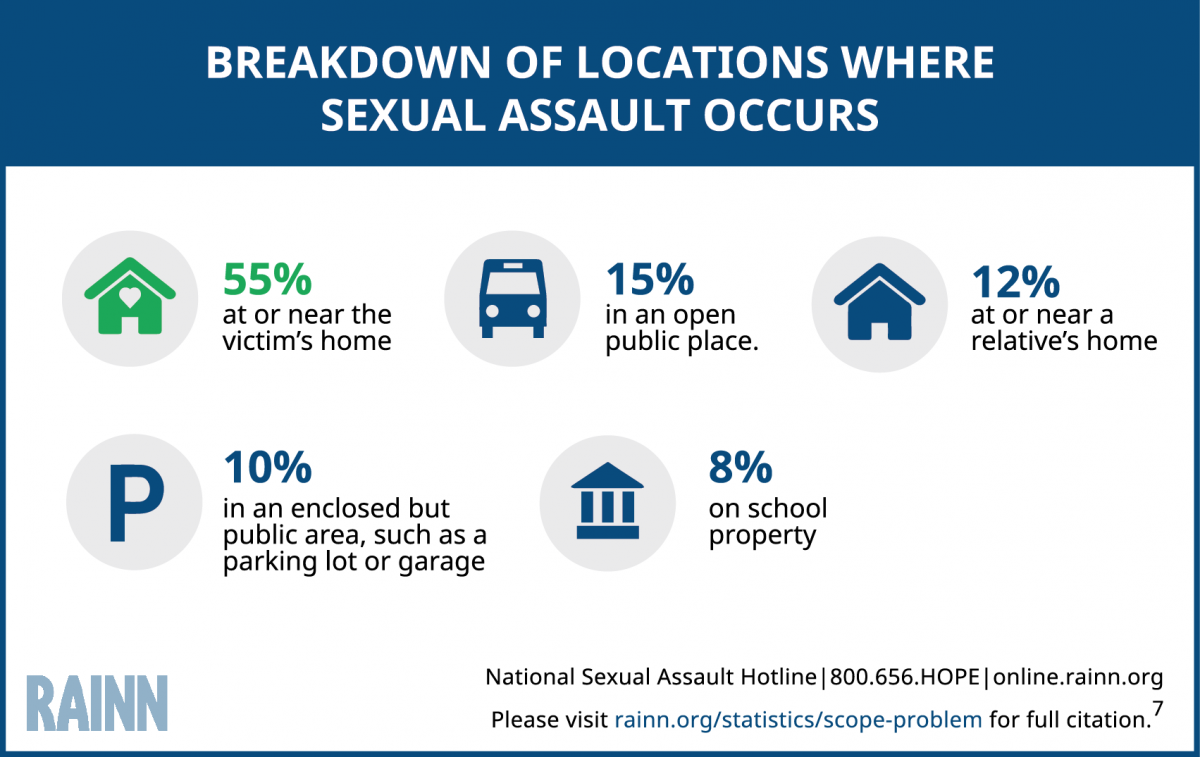
#3: The mouth often isn’t considered to be a private part
Most parents and books talk about private parts as the parts covered by a bathing suit. That’s true, and we can go one further. We can teach that no one should be putting anything in another person’s mouth. In addition, no one should be asking kids to kiss or lick anything.
That’s a shift which might be unfamiliar. It might have been normal in our family to push kids to kiss relatives. My mother “washed out” our mouths with soap when we said bad words. Many families have strong beliefs around food and require children to eat certain things or certain amounts, for non-medical reasons. My friend’s pediatric dentist suggested she force her children to brush their teeth.
We can do better. Just as we teach that private parts are sacred, reserved for each person to explore as they like, we can teach the same about mouths.
#2: It’s uncommon (or even prohibited) to talk with kids about sex, sexual abuse, or pornography
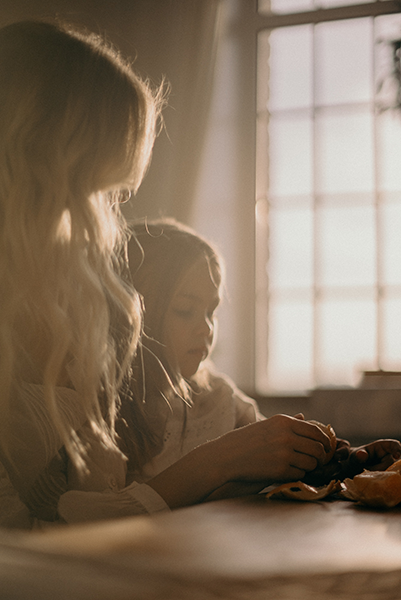
It’s generally common for adults to be uncomfortable talking about sex, sexual abuse, and pornography. Sadly, it’s terribly common for adults to have had traumatic experiences, making it even more challenging to have these conversations. These can be unfamiliar and triggering topics to discuss, and that goes double for talking about them with kids.
At the same time, abusers take advantage when adults botch the job or avoid talking about these topics altogether. A child who knows nothing is their ideal victim. The predator controls the narrative about sex, consent, what’s normal, and what’s abusive. A molester will teach the child that what they’re doing together is normal and consensual, when it’s actually abusive.
It’s not kids’ responsibility to protect themselves from predators, though they can be valuable allies. By explaining where the boundaries are, what’s ok and what’s not, we can empower children to speak up when they observe or experience inappropriate behavior. That’s not going to happen, though, if adults “protect their innocence” by keeping them in the dark.
Instead, we can make sure that kids know about sex, sexual abuse, and pornography. We can contrast acceptable and unacceptable behaviors, making those boundaries clear. It’s much easier to follow a structure when attempting these conversations, and children’s books exist to guide the way. The authors, illustrators, and publishers have worked hard to create a useful tool; we get to vet it and see if it feels right for our family. The books don’t always cover it all, though, and I offer suggestions for how to navigate the first conversation with a child about sex and porn as well as suggestions for conversations about child sexual abuse.
#1: It’s common to trust kids to take care of themselves on the internet
I didn’t have rules and boundaries around the internet when I was a child, because it wasn’t available then, so I can’t simply do what my parents did. This is a new issue, and there’s lots of education to be done as we learn what tools and best practices exist to care for kids while they’re online.
Many parts of the internet are like the Wild West, where most anything goes. Adults can easily pass for kids. Kids can access content meant for adults. Some adult content is purposefully placed in kids’ paths, with the intention of grooming them into sexual abuse, sex trafficking, or dependency on porn.
The easiest place for predators to find kids is online. An abuser can start interacting with a child in relative privacy online more easily than anywhere else. Earning a parent’s trust to gain access to a child is a much longer path. Gaining a position at a youth-serving organization, to gain access to the kids in their care, is much more difficult. Jumping online and making an ad or a fake profile, reaching out to a few kids hungry for attention and approval, can be done in a matter of minutes. Predators have nearly infinite numbers of children to hone their skills with online, until they’re really good at luring kids in.
Knowing all that, what can we do? Regulation doesn’t yet exist when it comes to kids and dangers online. That’s work any child advocate can be doing, contributing to schools’ policies or legislation at any level.
In our own families, we can limit access to the internet. Perhaps we choose not to have internet at home. Maybe we limit devices, choosing not to buy iPads or disabling their ability to go online. Maybe we choose not to have a smartphone ourselves (many kids access the internet through their parent’s device). Personally, I’m a big fan of the Wait Untill 8th movement, which seeks to make it our cultural norm for kids to not have a smartphone until 8th grade.
When we do decide it’s time to give minors access to the internet, parental controls and monitoring are essential. There are many many skills to build around consensually sharing photos, communicating clearly and kindly, finding reliable information, and protecting privacy.
Until regulations and school curriculum catch up, it falls to parents to be their children’s teachers and guides to staying safe online. That can feel like an insurmountable challenge, when new apps and social media platforms become available everyday. Thank goodness organizations are stepping up to assist us! My favorite is National Online Safety’s Wake Up guides. These one-page pdfs are available to bring us up to speed on exactly what an app or game offers and recommend precautions and conversation topics.
Thank you for taking the time to read this. Child sexual abuse is a hard, difficult topic. The truth is, change is needed to close these gaps. When there’s such a high prevalence of abuse, it’s our culture that is to blame. We allow the risk to remain, because it’s our norm, and that’s what we’re all working to change.
If you’d like to talk further about minimizing your family’s risk and starting these conversations, I’d love to help! Click here and we’ll find a time to chat.
In support of you,
Anya
P.S. If you think this topic is important to cover in your group or school, feel free to request a presentation for your community, or view the webinars online, in the privacy of your own home, when you become a member.

